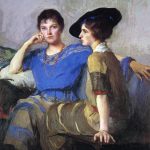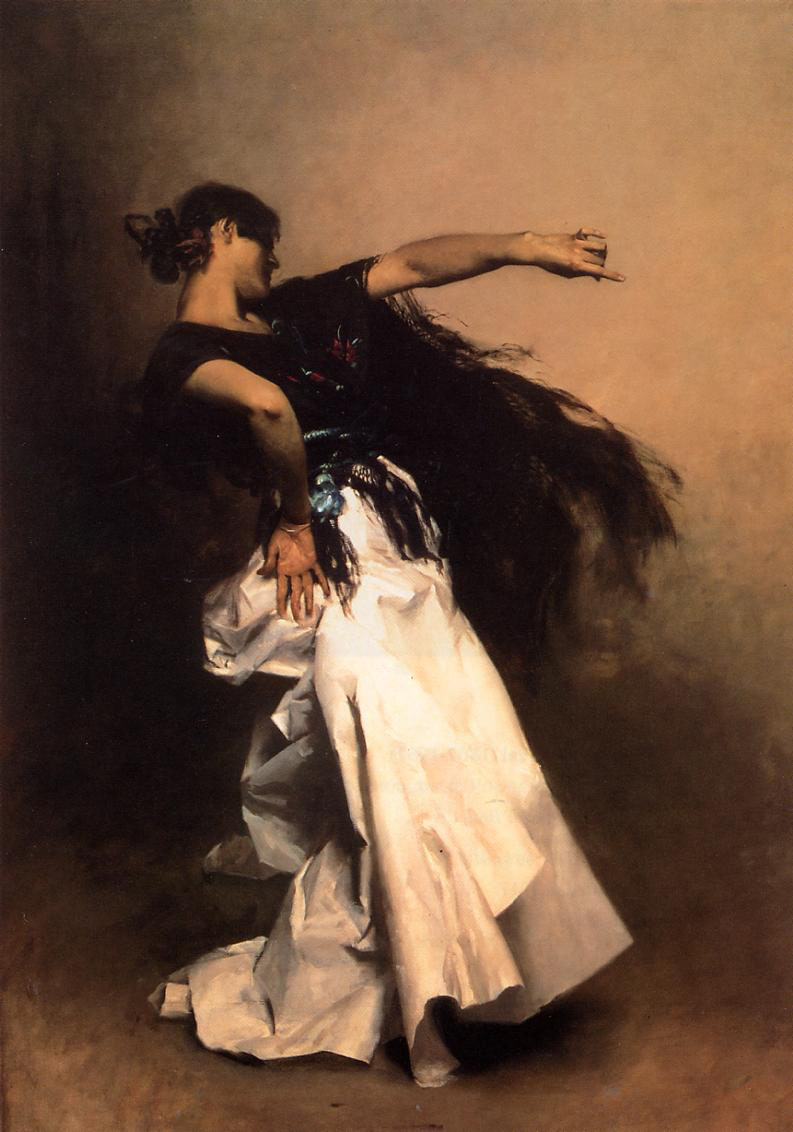
John Singer Sargent was a prolific American artist who made a name for himself in the late 19th century. Born in Florence, Italy in 1856, Sargent was the son of wealthy American parents who traveled extensively in Europe. He was exposed to art and culture from a young age, and began drawing and painting at a young age.
Sargent’s family moved to Paris when he was a teenager, and he began studying art with Carolus-Duran. Duran was a well-known painter who emphasized the importance of capturing the essence of a subject, rather than simply reproducing its physical appearance. This approach had a profound impact on Sargent, and he would later become known for his ability to capture the personality and spirit of his subjects in his portraits.
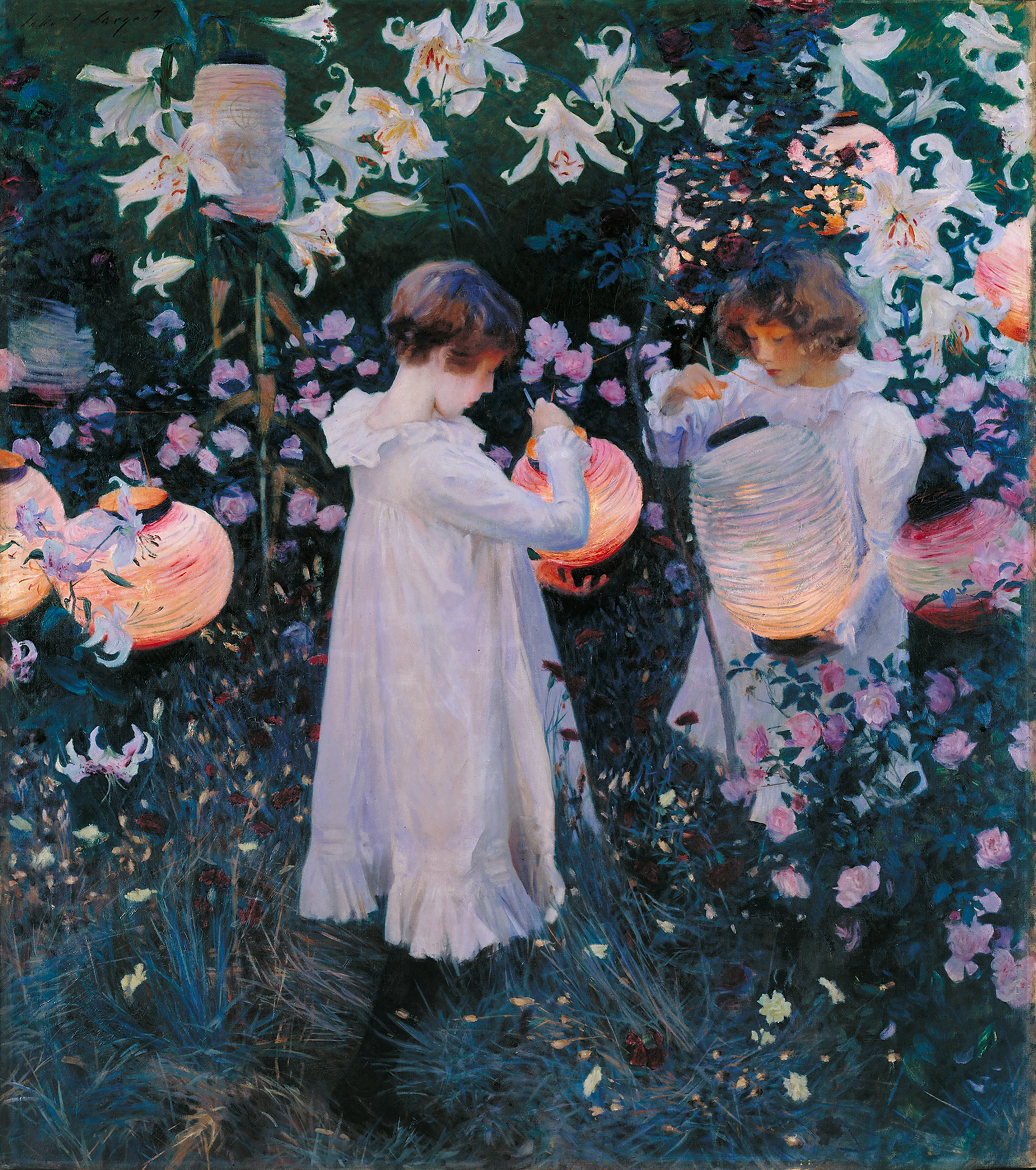
Sargent established himself as a talented artist in his early twenties, and quickly became a sought-after portrait painter. He painted many prominent figures of his time, including politicians, artists, and even members of European royalty. His portraits were praised for their remarkable likeness and attention to detail, but also for the sense of vitality and energy that he was able to convey.
Despite his success as a portrait painter, Sargent was also a prolific landscape artist. He spent much of his time traveling throughout Europe, and he was particularly drawn to the beauty of the countryside. His landscapes were characterized by their loose, sketch-like quality, and they often captured the fleeting moments of light and atmosphere that he observed during his travels.
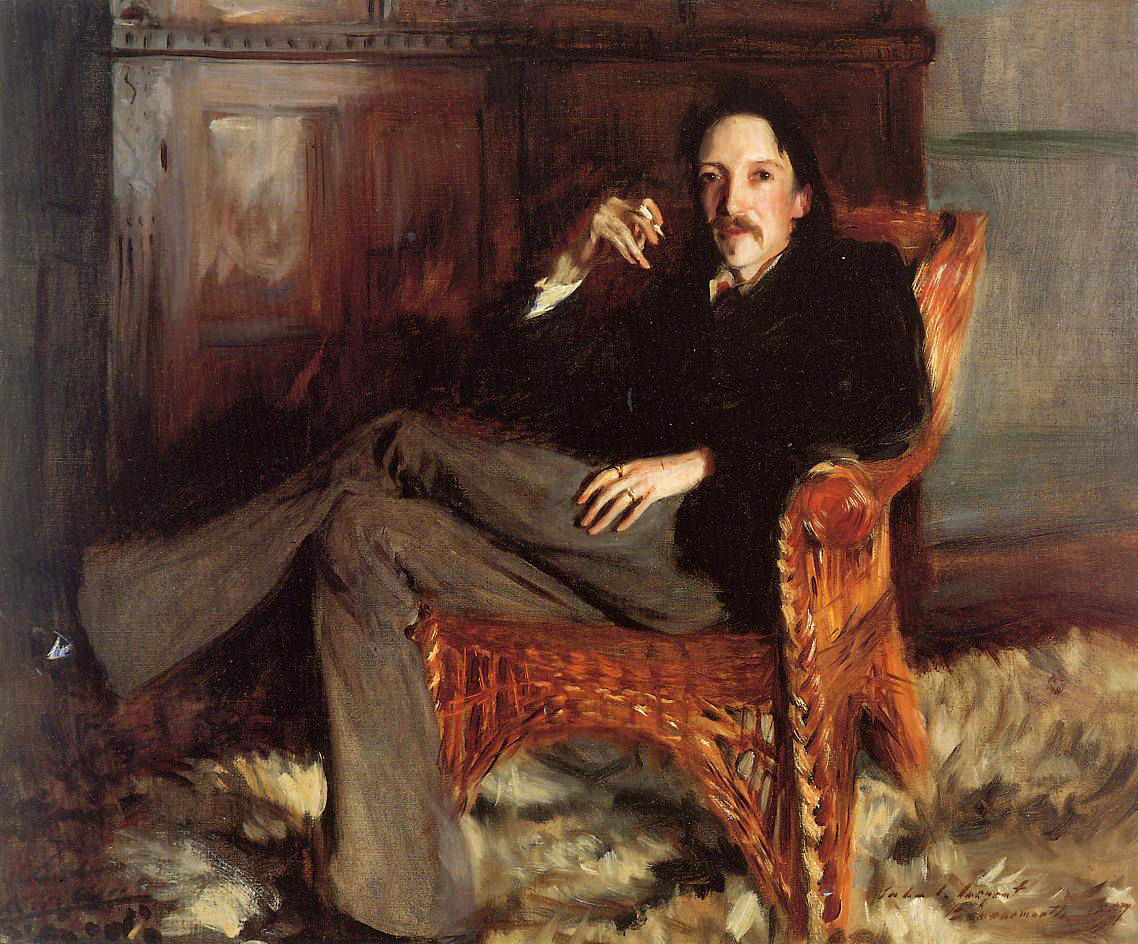
Sargent’s career spanned several decades, and he continued to paint until his death in 1925. He was revered by many as one of the greatest artists of his time, and his influence can still be seen in many contemporary painters.
Ernest Hemingway once said that a writer’s job is to observe the world and then recreate it on the page. This is precisely what Sargent did with his paintings. He was a keen observer of the world around him, and he had an uncanny ability to capture the essence of his subjects in his work. His portraits were more than just faithful representations; they were portraits of the soul.
In his later years, Sargent became increasingly disillusioned with what he saw as the commercialization of art. He was critical of the art establishment, and he was particularly disdainful of the trend towards abstraction in modern art. He believed that art should be grounded in reality, and that it should be accessible to everyone. This view was reflected in his work, which was always characterized by a strong sense of realism.
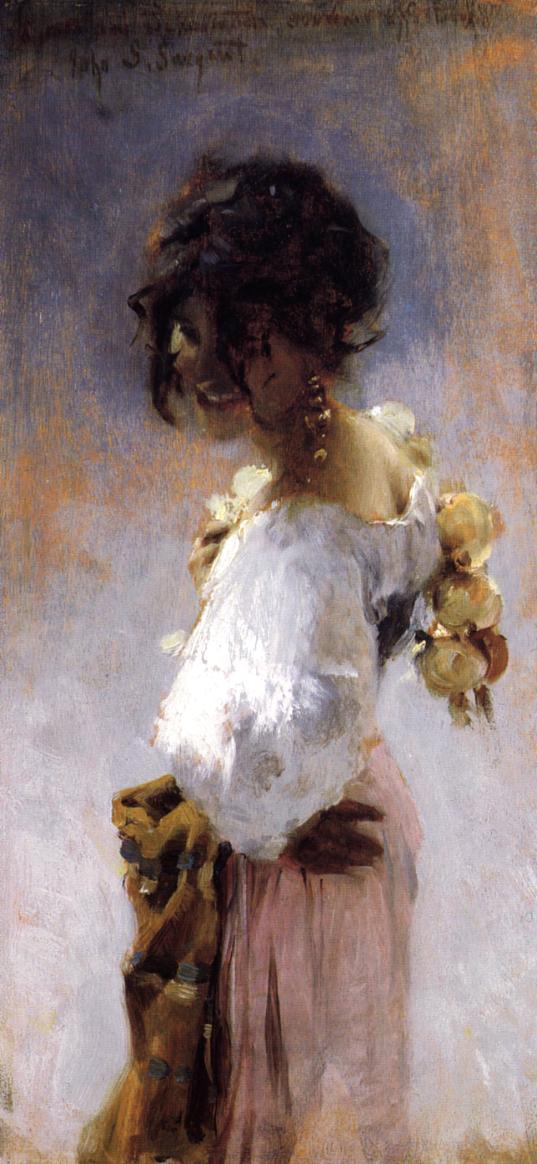
Sargent was known for his rigorous work ethic, and he was dedicated to his craft until the end of his life. He worked tirelessly, often spending many hours a day in his studio, and he was always striving to perfect his technique. His passion for art was evident in every stroke of his brush, and his legacy lives on through the many masterpieces that he left behind.
In the end, Sargent was much more than just a painter. He was a chronicler of his time, a keen observer of the world, and a master of his craft. His paintings captured the spirit of the age in which he lived, but they also transcend time and place, speaking to us across the centuries with their beauty and vitality. He was, and remains, one of the greatest artists of all time.






